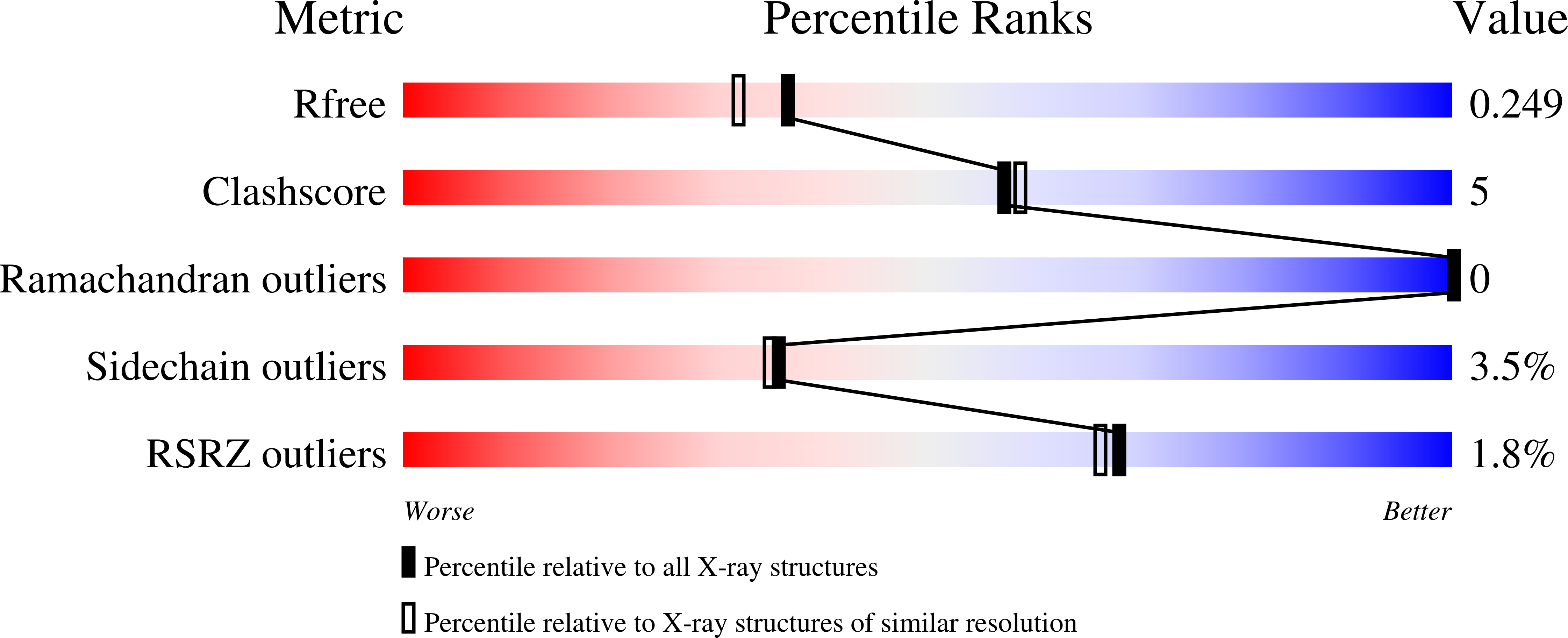
Deposition Date
1999-08-18
Release Date
1999-09-02
Last Version Date
2025-03-26
Entry Detail
PDB ID:
1CT5
Keywords:
Title:
CRYSTAL STRUCTURE OF YEAST HYPOTHETICAL PROTEIN YBL036C-SELENOMET CRYSTAL
Biological Source:
Source Organism:
Saccharomyces cerevisiae (Taxon ID: 4932)
Host Organism:
Method Details:
Experimental Method:
Resolution:
2.00 Å
R-Value Free:
0.24
R-Value Work:
0.19
Space Group:
P 21 21 21


